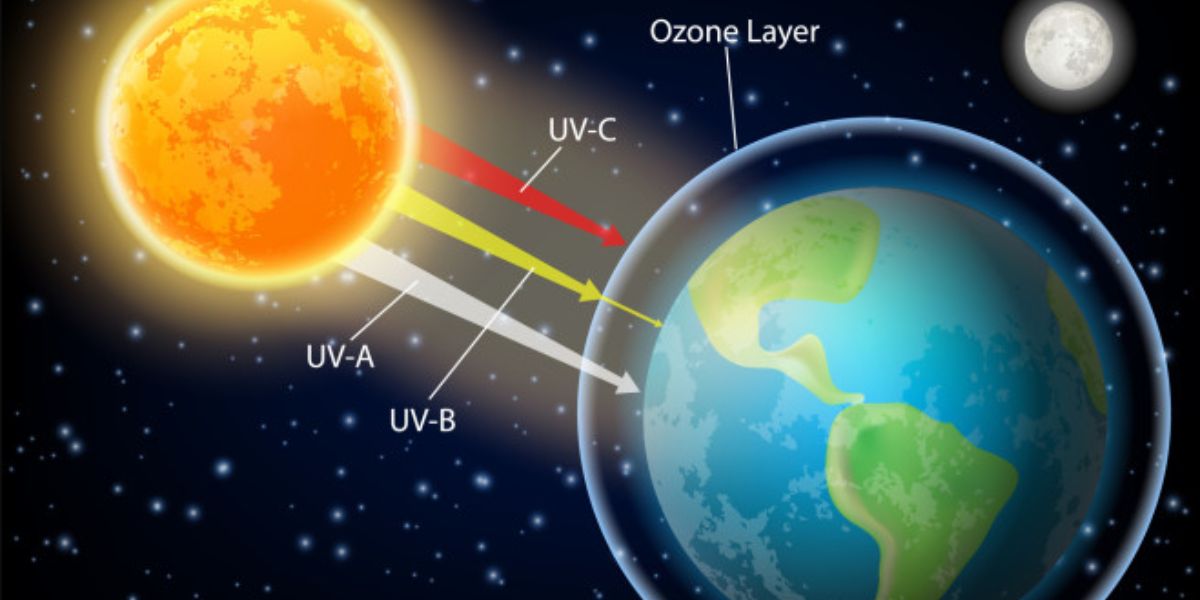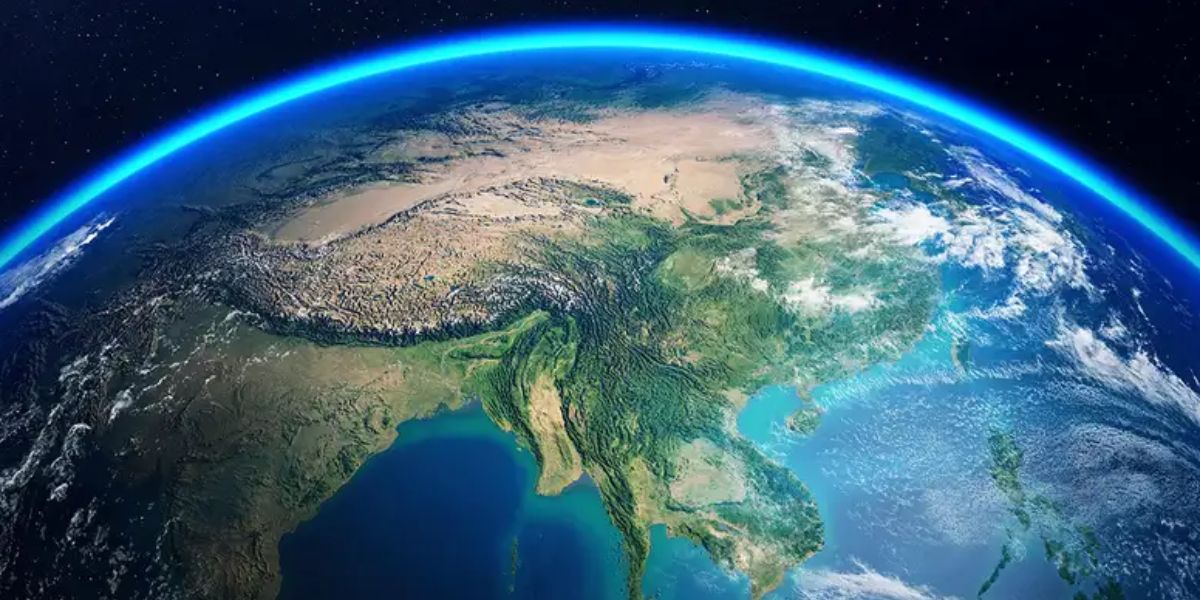
source: Bali Safari Earth Day is an annual even...
news-extra-space


At Boulder's NOAA Global Monitoring Laboratory, Montzka and his group monitor the ozone layer's replenishment. The levels of ozone are routinely measured by balloon launches, satellites, and ground sensors. They also act as a sort of "gas police," searching the air for signs of the prohibited compounds. They found that a location in eastern China was emitting an ozone-depleting chemical known as CFC 11 in 2018. “So we raised the red flag, saying, 'Goodness, something's happening that we don’t expect,'" he said. "And there was a tremendous response, which is interesting and wonderful to see.”Good news for the ozone layer! An annual analysis tracking the decline of ozone-depleting chemicals shows the levels of these harmful chemicals have significantly dropped, reaching a milestone in the recovery of the #ozonelayer. https://t.co/0O9CX9gLO8#noaa #research pic.twitter.com/H9duxeyfW9
— NOAA Research (@NOAAResearch) August 24, 2022
Leave a Reply






